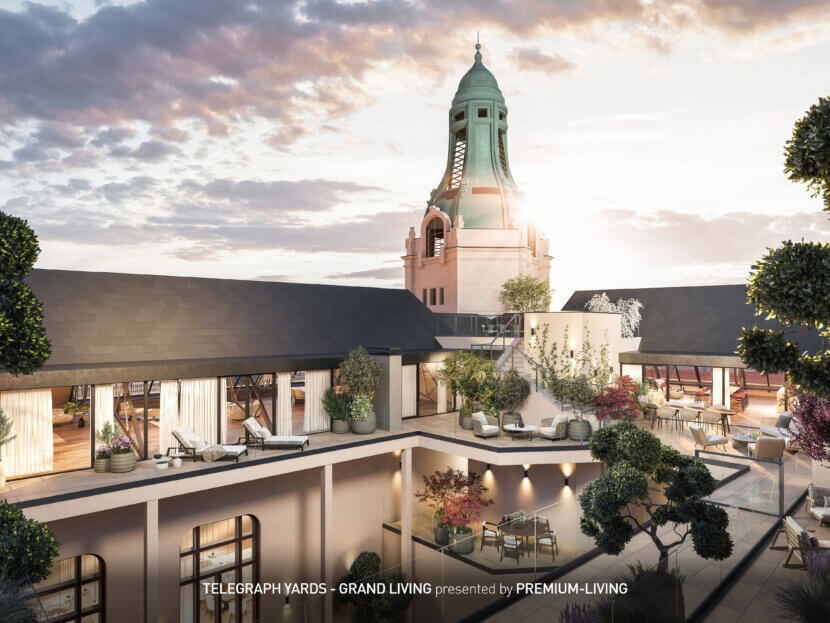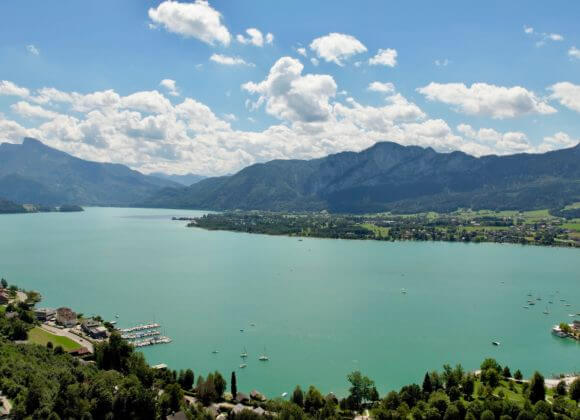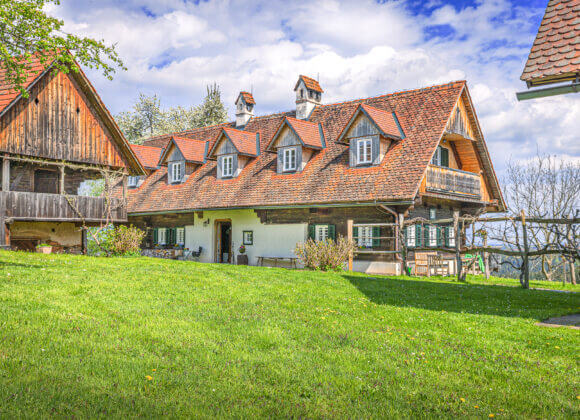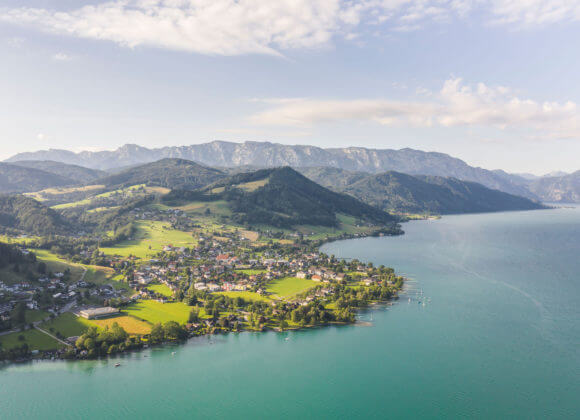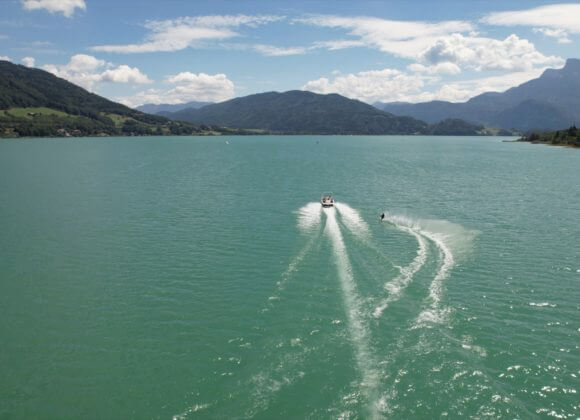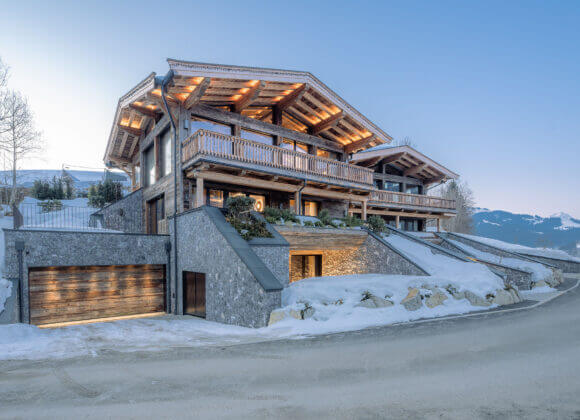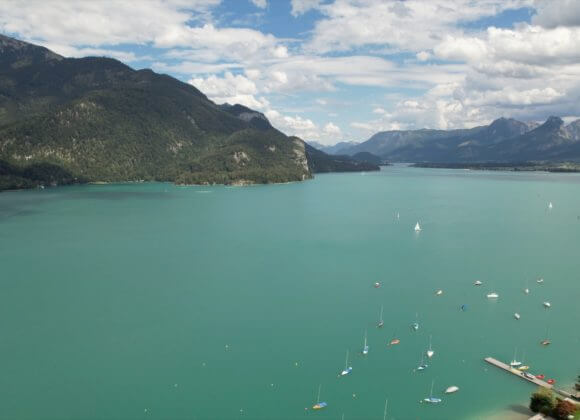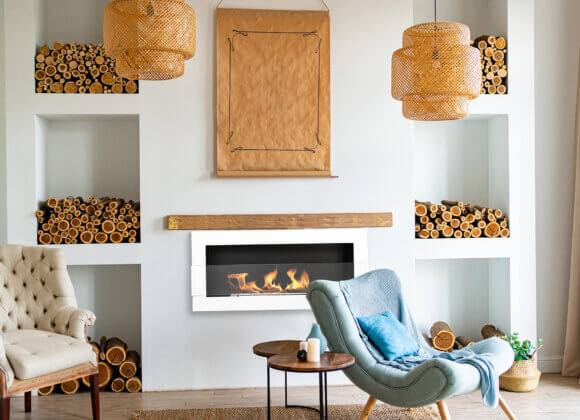Luxury Comes Back to Town
Austria’s first digital address for premium and high-class real estate, PREMIUM-LIVING.AT, has analyzed the search behavior of its affluent national and international clientele over the last twelve months just in time for the start of autumn.
The findings show a remarkable turnaround: After years of boom for rural luxury real estate, buyers’ interest is returning to the cities.
Since 2019, demand has focused primarily on properties in the countryside – preferably in close proximity to water, forests or mountains.
This trend experienced an enormous upswing between 2020 and 2022 due to the COVID pandemic, with properties in the price segment between €2.4 and €4.6 million particularly in demand.
However, the latest analysis by PREMIUM-LIVING now shows that the wind has changed – and back towards urban spaces: “In the luxury real estate segment, the time span for trends is much shorter than in the classic segment at three years on average – many trends go, some stay. These then become a ‘must’ in terms of customer requirements,” says Bernd Gabel-Hlawa, co-founder and Managing Director of FindMyHome.at PREMIUM-LIVING.AT together with Benedikt Gabriel.
A return to the city and historic buildings
Not only has the love for the city caught fire again, but also the enthusiasm for historic properties.
Demand for these unique properties has risen to an impressive 62% of all inquiries.
Top renovated apartments in old buildings are particularly popular and are enjoying solid growth in value even in the current challenging times.
“For me, historic buildings have the appeal of timelessness in all respects,” enthuses Gabel-Hlawa.
“The increased appreciation for our old buildings on the part of both developers and customers helps immensely to preserve our cultural heritage and promote sustainability.”
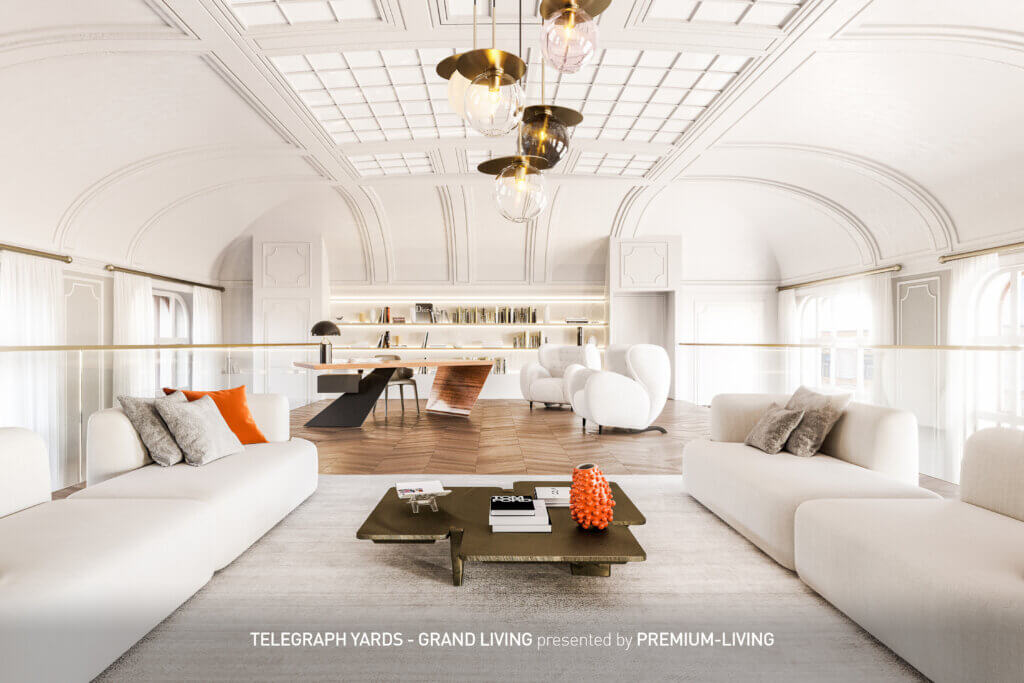
Urban living: Less is more
A notable trend in the urban luxury segment is “minimizing”. Properties with a living space of 70 to 100 m² and an average price per square meter of EUR 12,800 are in the highest demand. Over two thirds of those looking for an urban home also prefer an open space – be it a balcony, a loggia or a terrace. This desire also explains the increased demand for property development projects that combine revitalized old buildings with loft conversions and often add new buildings.
“Minimizing is such an important word that is not just limited to the reduction of living space. Among other things, it is also an opportunity for responsible living in terms of sustainability, for more living space for different people in beautiful places and for reducing luxury to the essentials,” continues Gabel-Hlawa.
Penthouses and lake properties remain in demand
The penthouse is the second most sought-after urban property after an apartment in an old building. Here, the preferred living space has decreased from 200 m² and more in 2019 to 120 to 150 m². In third place are properties on and near lakes, where demand remains high – especially for properties on Lake Attersee, Lake Mondsee, Lake Wörthersee, Lake Traunsee and Lake Millstättersee.
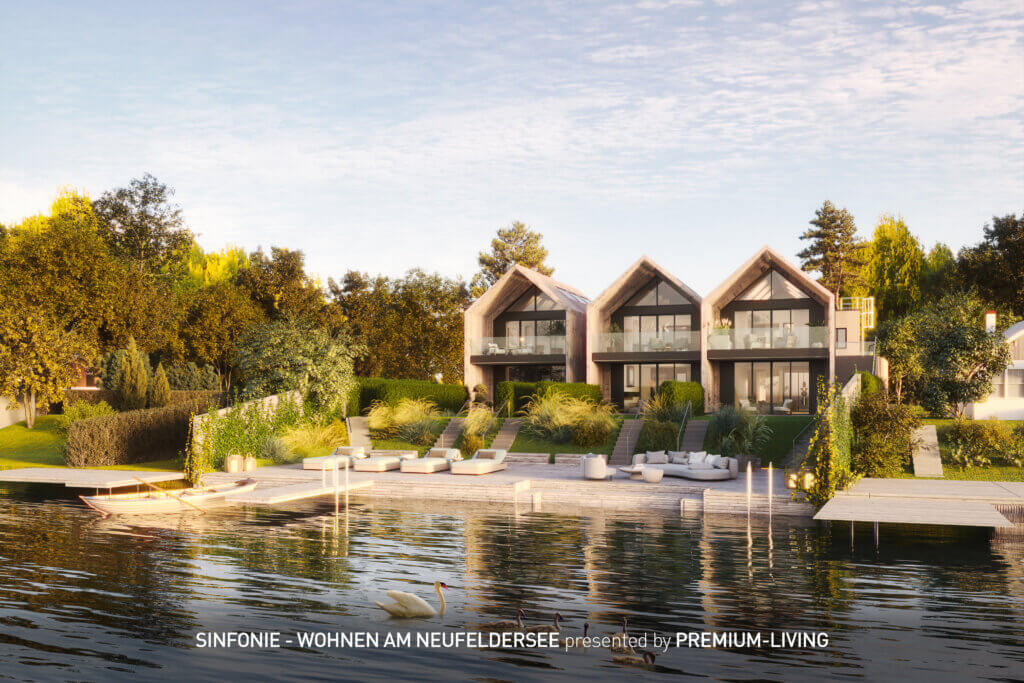
Chalets in decline: an oversupply of luxury?
However, demand for chalets has fallen significantly. Obviously, people in this category have overdone it with the traditional offer in the highest luxury design in regions such as Kitzbühel or Pinzgau. “The trend towards sustainability has also arrived in the luxury sector and here, too, it clearly symbolizes that less is more.”
However, Bernd Gabel-Hlawa also sees positive aspects in the previous rural boom: “In my opinion, the boom in the countryside in recent years was the best thing that could have happened to the communities – many of them were upgraded with architecturally sophisticated projects and the infrastructure was boosted in many ways.”
Based on this analysis, we asked two experts on the subject of restructuring for an interview: You can read the interview with Lucas Kluger on this blog from September 12, 2024, and the interview with Michael Osmann from September 19.


